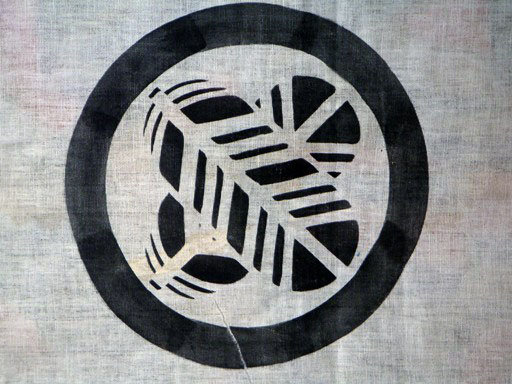Description
This very long, extraordinary Boys Day Banner exhibits an exciting battle scene from Japan’s History. This Banner and its accompanying partner are very unusual in that they have been hand woven of natural Bast fibers. The weaving of grass Bast fibre (linen), known collectively in Japan as “Asa,” is best represented by Ramie (“Choma” or “Karamushi”). It seems to have been cultivated in fields from the time of its introduction to Japan. The use of these fabrics was restricted to the noble and the wealthy
No two Banners are exactly alike, as each Banner was a hand painted gift from the maternal grandparents, who commissioned the design of the Banner from the artist, to their grandson who aspired to the manly characteristics portrayed by his Samurai ancestors. Heirloom banners are one of a kind. The Banners were painted entirely by hand and never dip-dyed. These enormous Banners exhibit dazzling colors that were created by brushing pigments or “Ganryo”, usually in a soybean-liquid binder, onto the surface of the fabric in a manner similar to Yuzen: the design is outlined in rice paste with a cylinder and then filled in with the desired pigment color.
This marvelously hand painted design displays the legend of Jingo Kogo, who, on the death of her husband (A.D. 200), concealed that fact and took command herself of the expeditionary force that went to conquer Korea. Having planted her standard the the gate of the King’s palace, and extracted her concessions, she returned to Japan where almost immediately on her arrival her child was born. She then assumed the Regency, which passed in peace. She is credited with many beneficial reforms as well as sending the first ambassadors to China. She died at the age of 100 in A.D. 269. She is usually represented as a female warrior: bare headed, but for a band around her head. She was generally attended by her aged Counselor, who is shown in #6204 or the accompanying paired Boys Day Banner.
This brilliant heirloom Banner includes the family crest or “Mon,” which is the pictorial symbol of the family. The crest is based on that of crossed feathers (“Takanoha”), which carried a military significance dating from the feudal era when it was customary for officers to display feathers at the side of their headgear. Several shrines adopted the falcon feather (“Takaha”) as their official emblem, thus providing a religious dimension to that of the military. This is an important historic piece of Japanese History in the form of a Boys Day Banner commemorating this branch of one of Japan’s ruling families.
A Certificate of Authenticity is included.
TTAC will personally pack and ship via UPS at company expense within the continental United States.









